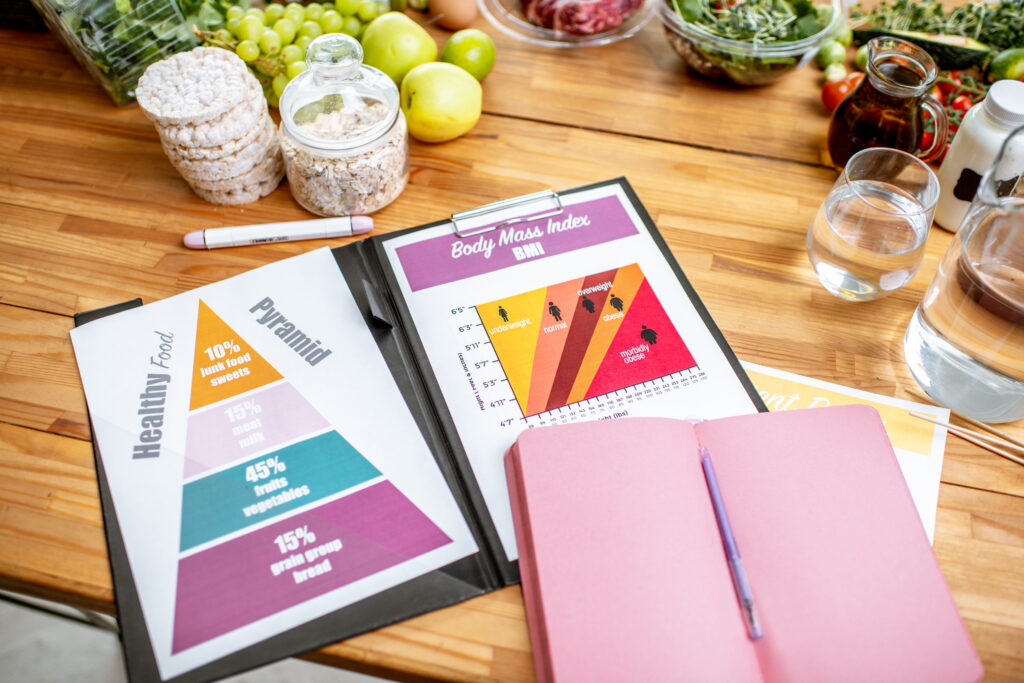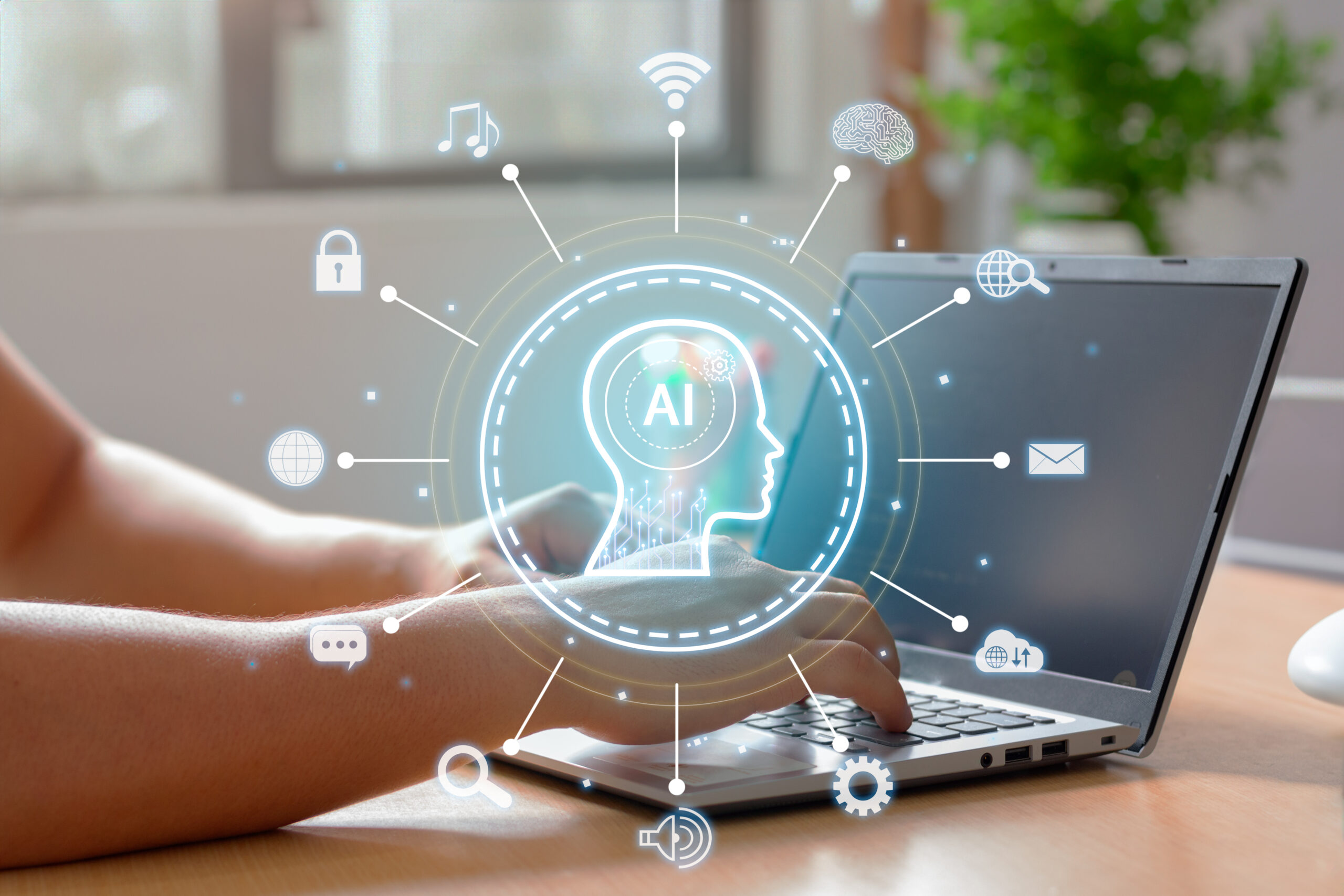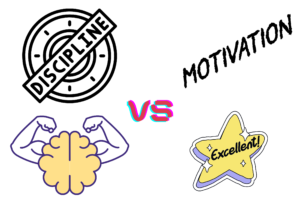You certainly aren’t alone if you haven’t embraced AI. Maybe because you’re concerned about losing your human touch or because you think it’s only for techies. AI’s not just for techies, and it can optimize everyone’s life—including yours! Below you’re sure to find at least one example of using artificial intelligence in daily life that’s right for you.
Most of the tips below utilize ChatGPT, Google Gemini, and Microsoft Copilot, but we’ve mixed in a few AI tools that might not yet be on your radar. We’ve also shared some predictions for how we expect AI to evolve.
#1 Find Your Dream Job
Whether you’re looking for a side hustle, are in the career you love, and are exploring job opportunities, or you’re ready to make a career shift—AI provides a variety of unexpected tools.
Brainstorm side hustle ideas
MarketWatch reports that 54% of Americans supplement their primary income with a side hustle. If you’ve considered a side hustle, but aren’t sure what to do, ask AI. Gemini is Google’s version of ChatGPT, with the bonus of providing answers based on real-time search trends. This allows you to identify emerging side hustles.
Ask Gemini for general side hustle ideas, what’s trending now, and ideas that support your unique skill set. Once you decide on a direction, ask for tips on how to establish, market, automate, and scale your hustle.
Brainstorm new career ideas
If you’re looking for more than a side hustle, use AI to brainstorm new jobs. For generic results, type in your soft skills, hard skills, career objectives, interests, and hobbies, and go from there.
To stay in your current field or consider options with transferable skills upload your resume to Pyjama Jobs. This will match you with global or country-specific job openings. The results may surprise you!
Resumes and job search
Another example of using artificial intelligence in everyday life is to help with your resume and job search. Even if writing is your strong suit, two of the most challenging topics to write about are yourself and your accomplishments. If you’re struggling to write or update your CV or online bio turn to your preferred AI writer. Add your current data in and request a rewrite or give it a few bullet points to write something new.
You can also use AI writers for drafting job-specific cover letters and job search-related emails. Be sure to personalize everything AI writes so that it sounds like you. However, machine learning (ML) can train AI to sound like you. Tools like Microsoft Copilot use natural language processing to analyze the email and content you’ve written so that the content it generates sounds like you, or your brand.
Prediction: As machine learning evolves, it will predict everything from what to study in college to which colleges to apply to, what career paths to consider, and what companies are the best cultural match.

#2 Personalize Your Travel Itinerary
Whether it’s a business trip, a quick weekend away, or vacation AI can help you plan your trip. Use it to gather local knowledge and create an experience you won’t forget.
Where to travel
Another fun example of using artificial intelligence in daily life is to determine where to travel. Type in the things you enjoy doing and seeing and what the intention of your trip is, and it will provide you with travel destinations.
A potential prompt might be:
“Where can I go to hike in the United States in December where the temperature is at least 65 degrees?”
Then ask for specific trails and parks, but it will likely give you a few in the answer it generates.
General travel information
From peak travel times to seasonal weather, top historical sites, and tourist attractions—you can source specific answers in a matter of seconds.
A potential prompt might be:
“When is low season in Puerto Vallarta and what is the weather during low season?”
Personalized travel information
Type in anything from the type of food and activities that you enjoy to niche interests, and anything else to help you curate a personal experience. Maybe even plan something special for your travel companion!
Potential prompts might be:
“Where can I go whale watching in April?”
Or
“What are the 3 most popular food and beverages in Spain?”
Or
“Where can I go for a weeklong wellness retreat in November?”
Budget planning
Popular travel booking sites, including Expedia and Kayak have created ChatGPT plugins that allow you to identify flights, accommodation, car rentals, and more by date and budget.
A potential prompt might be:
“What is the cheapest flight from Los Angeles to New York from July 10 to July 17?”
Get specific by requesting factors such as:
· Non-stop flights
· Short layovers
· Long layovers
· Time of the day
· Specific airlines
· And more
Prediction: In the near future, AI will utilize machine learning from your past trips, including GPS data and the online reviews you write to suggest (or plan) the perfect trip without any prompts.

#3 Health and Wellness
Exciting examples of using artificial intelligence in daily life also encompass health and wellness. While nothing replaces the need for a trained medical practitioner, AI helps you track, analyze, and personalize your routines in combination with your medical practitioner.
You may already be utilizing a combination of machine learning, predictive analytics, and automation with your smartwatch, mobile health gadgets, and synced apps. Let’s dive into a few other use cases.
Meal Planning
Whether you aren’t sure what to prepare or don’t have time to meal plan, AI can help.
· Want to make a menu for guests with meal restrictions?
· Looking for quick and healthy menu options?
· Not sure how to prepare a new vegetable or grain?
· Want to prepare a similar dish to something you ordered in a restaurant?
A standard online search helps with all the questions above, but AI takes things to the next level. Not only can it answer the questions above and create your grocery shopping list. This saves you time and has the potential to provide other benefits, such as minimizing food waste.
A potential prompt might be:
“Create 5 days of healthy family dinners that take less than 30 minutes to make. They must be diabetic-friendly. No broccoli. Include the shopping list.”
Personalized fitness
Personalized fitness is another exciting example of how you can use artificial intelligence in daily life. Whatever your fitness objective, AI can help. It can serve as a virtual personal trainer of sorts, creating one-off and ongoing workouts. It can suggest videos, articles, and specific exercises—including how long to work out and how many reps.
It’s ideal if you’re:
· Bored with the gym.
· Love the gym but want to mix things up.
· Want to target a specific muscle group.
· Looking for fun new physical activities.
· Need an at-home or in-hotel workout.
A potential prompt might be:
“Create a fitness routine to tone my triceps in the next 4 weeks using my body weight, a resistance band, and 8-pound hand weights.”
Weight loss support
Personalized weight loss support is one of many exciting examples of how you can use artificial intelligence in daily life. Traditional diets are typically based on extreme deprivation. They don’t personalize your approach in any way or recognize that losing weight is not a simple matter of self-discipline.
Weight loss programs and dieticians that provide science-based meal plans are expensive, and not always covered by insurance. AI provides a cost-effective method of creating data-based weight loss solutions.
If weight loss is the objective of meal planning and personalized fitness, let AI know. If possible, calculate your BMI and get specific about the areas you’re most self-conscious about. You can keep things general, but the more specific the better.
A potential prompt might be:
“Create a meal plan and fitness routine for a 250-pound man who is 5 foot 7 inches tall and wants to lose 20 pounds.”
Supplement suggestions
Not sure what vitamin, mineral, and herbal supplements provide the type of support your body needs? Ask AI. Again, consult with a medical practitioner before making any changes to your nutrition or health and wellness routine. Use AI to provide some talking points with your medical practitioner.
A potential prompt might be:
“What are the best supplements to boost my immunity this cold and flu season?”
Wellness recommendations
The current trend of prioritizing whole-body health (physical, mental, and emotional) is exciting. That said, the options can be overwhelming. So, ask AI!
Potential prompts might be:
“What books can you read to shift your mindset?”
“What wellness practices can boost your mood?”
“Which type of meditation will help slow your racing mind?”
“What is sound therapy and why consider it?”
Be as specific as possible regarding what’s worked for you so far, what you do and don’t like, how much time you have, and more.
Prediction: Machine learning and automated sensors will become commonplace with most healthcare practitioners.

#4 Arts, Crafts, and Design
Not an artist? With AI you can be! Creativity comes naturally to you and you want to take things to the next level? AI can help too!
Creating life-like or fantastical content is arguably the most exciting example of using artificial intelligence in everyday life. With tools like Midjourney and Davinci, anyone can elevate their artistry and optimize the rate at which they create content for any reason.
Both tools utilize text-to-image features. Just type in what you want to edit or create, and AI does the rest. It’s best to watch a few YouTube videos to really learn how to optimize prompts. Even Canva has a variety of AI photo and video features to accelerate both editing and stylizing.
Advanced photo editing
Take absolutely any photo and type in what you want to change. From traditional editing to fun edits. Change the color of your shirt, change the background, add or remove a person, and SO much more!
Coloring pages
Create custom coloring pages for your students, personalized pages for your kids, and personalized pages for your mindfulness coloring practice.
Custom wall art
Can’t find the perfect artwork for your home? Use AI to design it and print it yourself. The larger the design the more important the pixels/resolution. For quality and scale, send the finished design to a local laser printer and have it professionally framed.
In addition to wall art, use AI to create:
· Wallpaper
· Wrapping paper
· Scrapbook paper
· Custom t-shirt designs
· And more!
Print-on-demand
The coloring pages, wall art, t-shirt designs, and other unique designs you make can be utilized for automated side hustle income streams.
Print-on-demand is a potentially lucrative example of using artificial intelligence in daily life. You create an account with a print-on-demand printer, upload your designs, and sell them on your website, social media, Etsy, and other online platforms.
This can include:
· Wall art
· Wallpaper
· Wrapping paper
· T-shirts
· Totes
· Mugs
· And more!
You can of course design with other software, but AI may be faster—and your design software is likely to have some AI features.
Marketing materials
Whether it’s your side hustle, a business you own, or a company you work for, consider using AI to curate your content.
· Social media content
· Blog post images
· Logos
· Custom graphics
· Icons
· Company swag
· Website pages
· And more!
Prediction: Many snub the artistry of AI design, just as they once did digital design. We predict that because AI has far more applications, artists who master prompts and combine prompts with human/digital art will change the perception.
#5 Brainstorming Anything
Another example of using AI in daily life is as your thought and innovation partner. There are SO many decisions to make in the day. Studies show we can only make so many sound decisions before our brain starts to burn out. So, utilize artificial intelligence to stave off decision fatigue. Or to help you make sound decisions when you’ve already hit your daily limit.
Sky’s the limit here, as you can ask AI absolutely anything.
- Personal questions.
- Professional questions.
- Anything you’re curious about.
Yep, you can ask search engines too, but AI can brainstorm and create organized tables and lists. Tools like Perplexity weed out irrelevant search results, providing data, studies, and resources.
You’re probably already doing this a bit!
You may already be implementing this tip without knowing it. Anytime you ask your preferred voice assistant a question, it’s utilizing a combination of AI and machine learning to respond. If you’re currently only using your voice assistant for scheduling, reminders, and automation—start using if for brainstorming.
Potential prompts and ideas might be:
· Birthday gift ideas for a 5-year-old girl who is a tomboy.
· Create a 6-month plan for learning Spanish.
· Create a sci-fi reading list for my next vacation.
· Create a list of daily journaling prompts.
· Here’s my business plan, help me expand it.
· I’m curious about solar eclipses. Tell me more.
· Write an outline for my book on indoor gardening.
· How to write a meaningful apology for forgetting my friend’s birthday.
· Help me write a mission statement to include these key details. *Then add key details.
· What social media platforms do my demographics use the most. *Then add a detailed demographic profile.
· Map out my social media content strategy for my demographic. *Then add demographic details and examples of successful content.
Prediction: With the ability to access real-time online search results and market trends, everyone will use AI personally and professionally.
#6 AI Learning
Artificial intelligence can be utilized to personalize and accelerate learning. We hear a lot about colleges cracking down on AI-generated homework but think beyond letting AI do all the work—to helping you learn.
One of the most exciting examples is for learning a new language. Tools like Talkpal AI analyze your individual areas of opportunity and use advanced algorithms to personalize your learning.
If there’s anything you want to learn, Google to see if there’s an AI option. If you use a learning tool with a chatbot, it uses natural language processing to act as your virtual teacher or virtual assistant. The tool may not point out that they use AI by name, but that’s what the chatbot is.
Prediction: Personalization, not standardization will be the future of learning. AI will help personalize learning for students in every subject and level of primary, secondary, and adult learning.
The Downside: Example of Using Artificial Intelligence in Daily Life
We’re just at the tip of the iceberg when it comes to how to use artificial intelligence. It’s also a new and flawed technology. The results generated aren’t always accurate so you must do your due diligence.
This spans the range of redundant written content or providing incorrect data and information or results that exclude nuanced, but essential details. For example, ChatGPT might suggest a restaurant to eat at while on vacation that has closed. Or it’s over an hour from the town you’re staying in.
The more targeted the tool, such as language learning, the less likely you’ll run into AI errors.
Conclusion
New things can be intimidating but just look at the advances in technology over the last 20 years. Smartphones. Social media. Streaming movies and TV shows. And SO much more.
Utilize AI as a method of optimizing your time, automating repetitive tasks, and thinking outside of the box!
We’d love to hear how else you use artificial intelligence in daily life.






